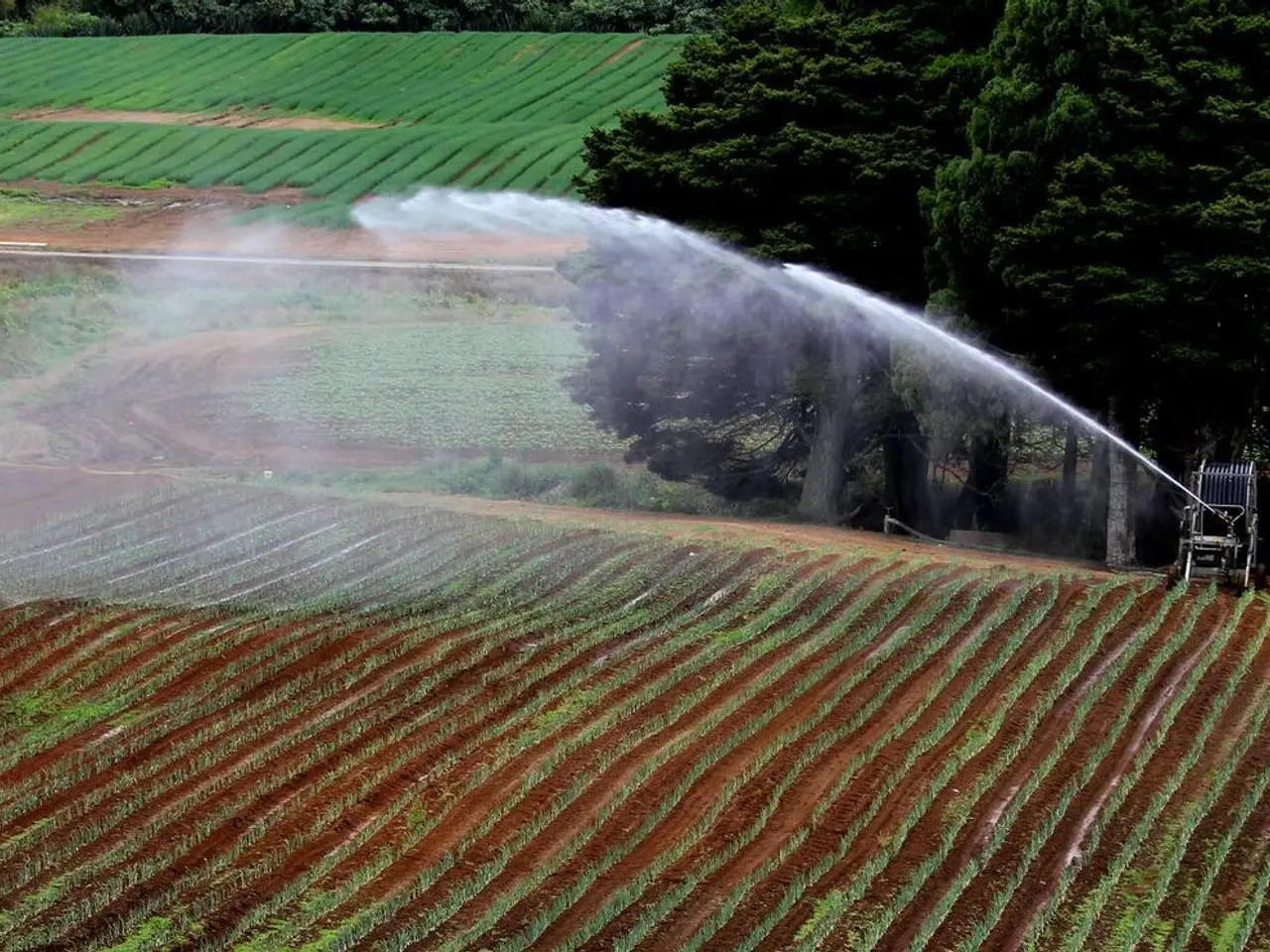Agroforestry will dominate the future agricultural landscape
Universities of Hohenheim and Freiburg Strengthen Cooperation to Advance Agroforestry Development
The universities of Hohenheim in Stuttgart and Freiburg have announced a joint initiative to further develop agroforestry, a farming method that combines crop and livestock farming with shade-providing trees and shrubs. This collaboration aims to create a joint agroforestry cluster for the entire region, involving other universities, and to promote biodiversity through the development and implementation of agroforestry.
According to Claudia Bieling, a forest scientist at the University of Hohenheim, agroforestry creates synergies by combining agriculture with forestry, leading to multiple benefits such as enhanced biodiversity, improved soil health, climate resilience, economic diversification, better water management, and improved livestock welfare.
The universities of Hohenheim and Freiburg plan to collaborate on more joint research projects, teaching offers, and possibly a joint master's program. They also aim to systematically further develop agroforestry and make it a cornerstone of sustainable land use and responsible environmental management.
The universities recognize the need for a more holistic approach to address future problems, rather than a purely forest or agricultural area approach. Agroforestry is being developed as a response to the increasing frequency of drought periods and other consequences of climate change.
Thomas Seifert from the University of Freiburg explains that the universities of Hohenheim and Freiburg are working together to create long-term trial areas as part of their agroforestry development initiative. Michael Cormann from the Coordination Office for Agroforestry System Research highlights the traditional land use form of agroforestry in Baden-Württemberg and its potential for modern approaches.
For further inquiries, please contact Christoph Müller at 0711 66601-182 or [email protected].
Synergies of Agroforestry with Crop and Livestock Farming
- Enhanced biodiversity through diverse habitats supporting wildlife and ecosystem functions.
- Improved soil health by reducing erosion, increasing organic matter, and fixing nitrogen with certain tree species.
- Climate resilience via moderated microclimates, soil moisture conservation, and carbon sequestration.
- Economic diversification with additional incomes from tree products (timber, fruits, nuts) alongside crops and livestock.
- Better water management by reducing runoff and improving infiltration.
- Shelter and shade provided by trees improve livestock welfare, while integrated pest management is enhanced by higher biodiversity.
Collaboration of Universities of Hohenheim and Freiburg
- Joint research on sustainable agroforestry practices to improve ecological and economic outcomes.
- Development and dissemination of agroforestry practices adapted to temperate climates.
- Farmer engagement and policy advocacy to support widespread adoption of agroforestry.
- Organizing conferences, workshops, and demonstration farms on sustainable farming practices.
By combining agronomic, ecological, and socio-economic expertise, the universities of Hohenheim and Freiburg are promoting agroforestry as part of climate-smart, resilient farming systems. However, for specific details about their joint initiatives, direct institutional sources or project announcements would be needed.
- The universities of Hohenheim and Freiburg, in collaboration, aim to advance the field of environmental-science, specifically agroforestry, by creating a joint agroforestry cluster and focusing on research, teaching, and potential joint master's programs.
- The synergies of agroforestry with crop and livestock farming, as advocated by the universities, encompass enhanced biodiversity, improved soil health, climate resilience, economic diversification, better water management, and improved livestock welfare, making it a crucial component of sustainable-living and education-and-self-development.
- By promoting agroforestry as a response to climate-change, the universities of Hohenheim and Freiburg are strengthening their cooperation to develop agroforestry practices adapted to temperate climates and to engage with farmers and advocate for policies supporting its widespread adoption.
4.participating in conferences, workshops, and demonstration farms organized by the universities, one can learn more about sustainable farming practices and the role of agroforestry in creating climate-smart, resilient farming systems, which contribute positively to home-and-garden and lifestyle.




